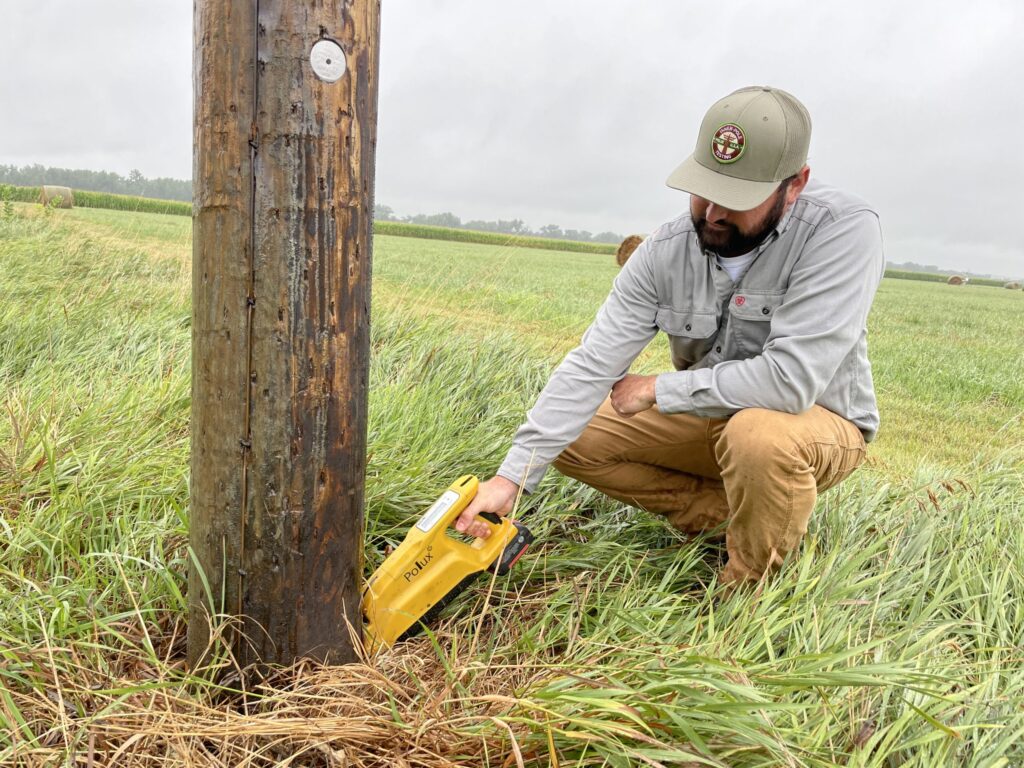
Wood poles play a crucial role in supporting power lines, telecommunication cables, and other utility systems. Ensuring the safety and longevity of these poles is essential to maintaining the reliability of these services. Wood pole testing is a vital practice that helps identify potential issues and allows for timely maintenance and replacements. In this comprehensive guide, we will delve into the importance of wood pole testing, the methods involved, and its significance in maintaining critical infrastructure.
Why Wood Pole Testing Matters:
Wood poles are exposed to a variety of environmental factors such as weather, insects, fungi, and mechanical stresses. Over time, these factors can weaken the poles and compromise their structural integrity. Regular wood pole testing helps utilities and service providers assess the condition of these poles, identify vulnerabilities, and take proactive measures to prevent failures that could lead to service disruptions, safety hazards, and increased costs.
Common Testing Methods:
Visual Inspection: A basic method involving a visual assessment of the pole’s exterior for signs of damage, such as cracks, splits, or holes. This method is the first step in identifying visible issues that may warrant further testing.
Sound Testing: Also known as “sounding,” this method involves tapping the pole with a hammer and listening to the resulting sound. Changes in sound can indicate internal decay or damage that might not be visible on the surface.
Resistance Drilling: A more invasive method where a drill is used to extract wood samples from the pole. These samples are then examined for decay, rot, or other forms of damage. This method provides valuable insights into the pole’s internal condition.
Ground Penetrating Radar (GPR): GPR uses electromagnetic waves to create an image of the pole’s interior. It’s a non-destructive method that helps identify voids, decay, or other irregularities beneath the surface.
Load Testing: Load testing involves applying controlled forces to the pole to evaluate its capacity to bear stress. This method helps determine if a pole is capable of supporting the intended load without failure.
Importance of Regular Testing:
Regular wood pole testing offers several key benefits:
Safety: Identifying weakened poles can prevent accidents, ensuring the safety of both utility workers and the general public.
Reliability: Timely detection and repair of issues can prevent unexpected pole failures, minimizing service interruptions and downtime.
Cost Savings: Proactive maintenance based on testing results reduces the need for emergency repairs and replacements, which can be more costly.
Sustainability: By extending the lifespan of wood poles through testing and maintenance, resources are conserved and environmental impact is reduced.
Wood pole testing is a fundamental practice for maintaining the safety, reliability, and longevity of utility systems. By employing a combination of visual inspection, sound testing, resistance drilling, GPR, and load testing, service providers can effectively assess the condition of wood poles and take necessary actions to prevent failures. Regular testing not only enhances safety and service continuity but also contributes to cost savings and environmental sustainability. Investing in wood pole testing is a crucial step toward ensuring the resilience of critical infrastructure.






